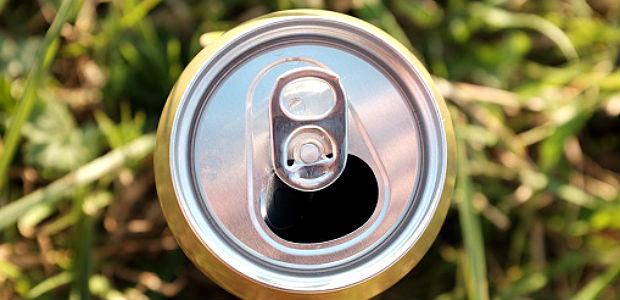The canned beverage evolution is upon us, with the craft beer revolution leading the charge, breaking down preconceptions and paving the way for more traditionalist wine to begin finding its way into cans in South Africa.
ALSO READ: Wine in a can? Wine industry pundits say nah, but Millennials say YAASS
As with most consumer trends in the 21st century, it began in America. It was first adopted by breweries looking to improve the shelf life and freshness of craft beer, with Oskar Blues canning Dale’s Pale Ale in 2002. This led to a huge upsurge in wine being packaged in aluminum cans.
Wine sales in cans in the USA have increased from $2 million in 2012 to $69 million in 2018. Bart Watson, Chief Economist at Brewers Association (USA) highlights the growth in canning in the States: “In the U.S. cans have steadily gained share in recent years. Given current trends, it’s likely cans will make up a majority of small brewer packaging in 2020.”
What has caused this shift? Previously bottles were seen as the premium beverage packing unit; however, the Millennial generation seems to be placing a premium on convenience and sustainability rather than perception.
The benefits of cans are numerous: “The product is protected by its aluminium casing and so retains flavour and aroma, while keeping O2 and UV light out, which therefore leads to a longer shelf life,” explains Tom Riley, owner and founder of Tiny Keg Can Co, a mobile canning company that entered the market in early 2019 and is busy canning beer, wine and R2Ds in South Africa. Riley highlights more benefits for business: “Cans are cheaper to ship and handle, while also giving brand-owners more opportunity for marketing real estate, to create eye-catching labels on a bigger surface than bottles can offer.”
Cans offer a significant solution to the impact on the environment. Cans are unbreakable and infinitely recyclable. Klaus Hass, Divisional Marketing & Sustainability Director at Nampak Bevcan – South Africa’s largest producer and supplier of beverage cans – notes that “recovery of used beverage cans is far more effective than other substrates products. The recycling loop takes [an] estimated 60 days from recovered beverage can to new product. A little longer in SA, but still extremely effective.” He also explains that beverage cans have an estimated recovery rate of 76.8% and creates informal employment through entrepreneurial recycling endeavours.
Hass cites other factors increasing interest in cans: “There has been an increase in new beverage business in South Africa that are innovative and creating exciting products for the younger generations that are more inclined to experiment with smaller single-serve cans. [It also] offers them an opportunity to mix and match different varieties and drink responsibly.”
Ben Wren is one of those innovative founders. His Ben Wren Wine brand has been changing perceptions through his 3 litre box wines and will now be launching a sauvignon blanc, red blend and rosé in a 300ml can. He’s buoyant about the future of cans: “Wine cans are coming and if we follow global trends, they’re coming in a big way.” He’s also keen to dispel the notion that box and canned wine isn’t of great quality. “It is the same wine as you find in R100 bottles on the shelf. Not mass produced; [it is] sourced and carefully crafted from boutique vineyards in the Western Cape.”
Bruce Collins, brewer and founder of Stellenbosch Brewing Co, has been an early adopter of canning his beers and is well known for embracing innovation. Bruce elaborates on why he has moved to canning: “We have been able to extend our range of seasonals, specialty and collaboration brews, and apply unlimited creativity on the can label. It provides such a fun canvas to express our craft inside and on the can.”
Perhaps the biggest challenge for this evolution in South Africa is the preconceived idea that liquid from cans will taste like metal. Previously, beverage cans were made of tin, which imparted a tinny aftertaste; however, they’re now made from aluminium and have a thin film inside that prevents liquid from interacting with the metal. “Perceptions are changing, consumers are making choices based on a new set of lifestyle determinations, with convenience and sustainability being high up on the agenda,” says Hass.
ALSO READ: The brewery that sparked the New England IPA craze

